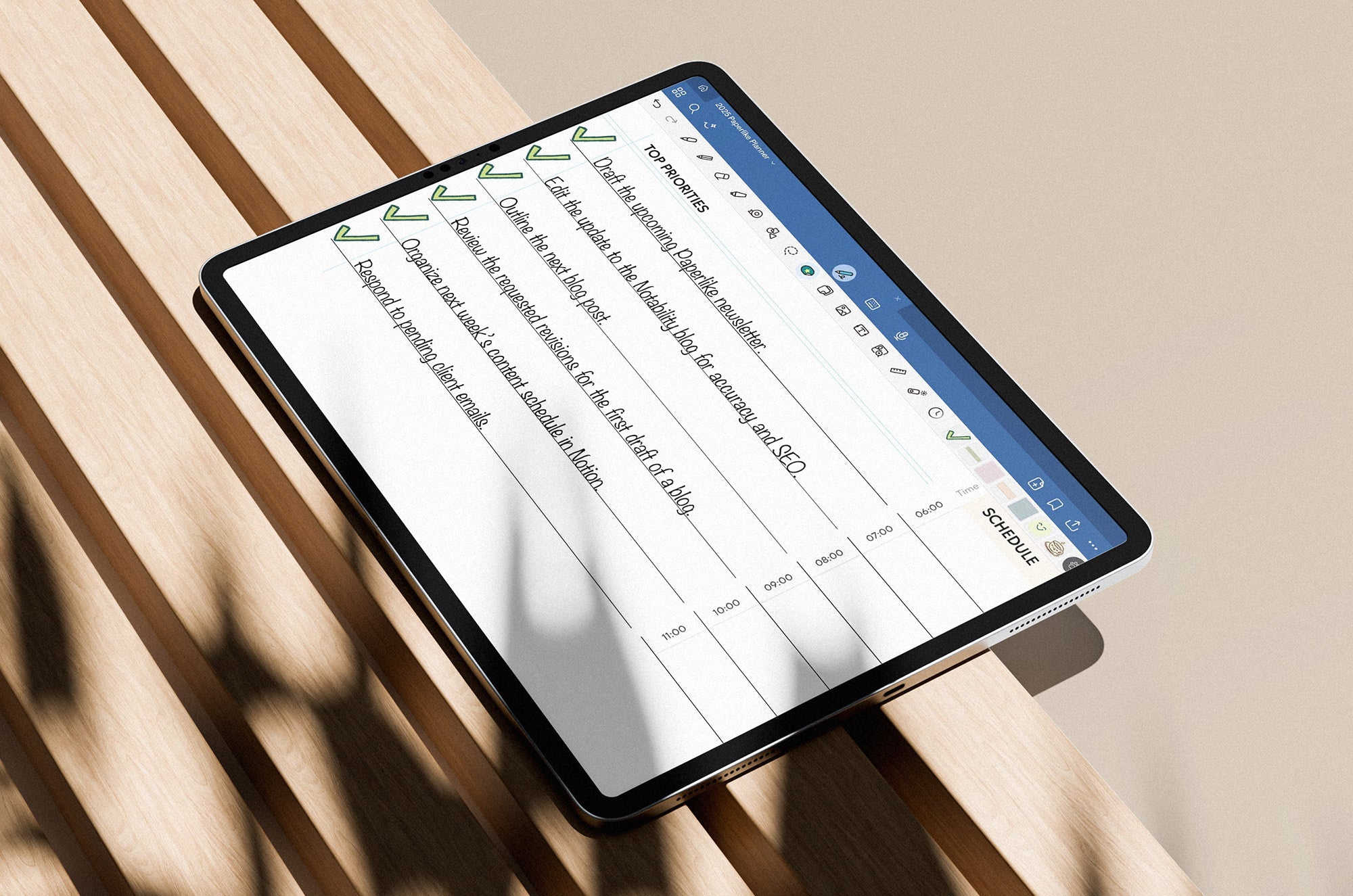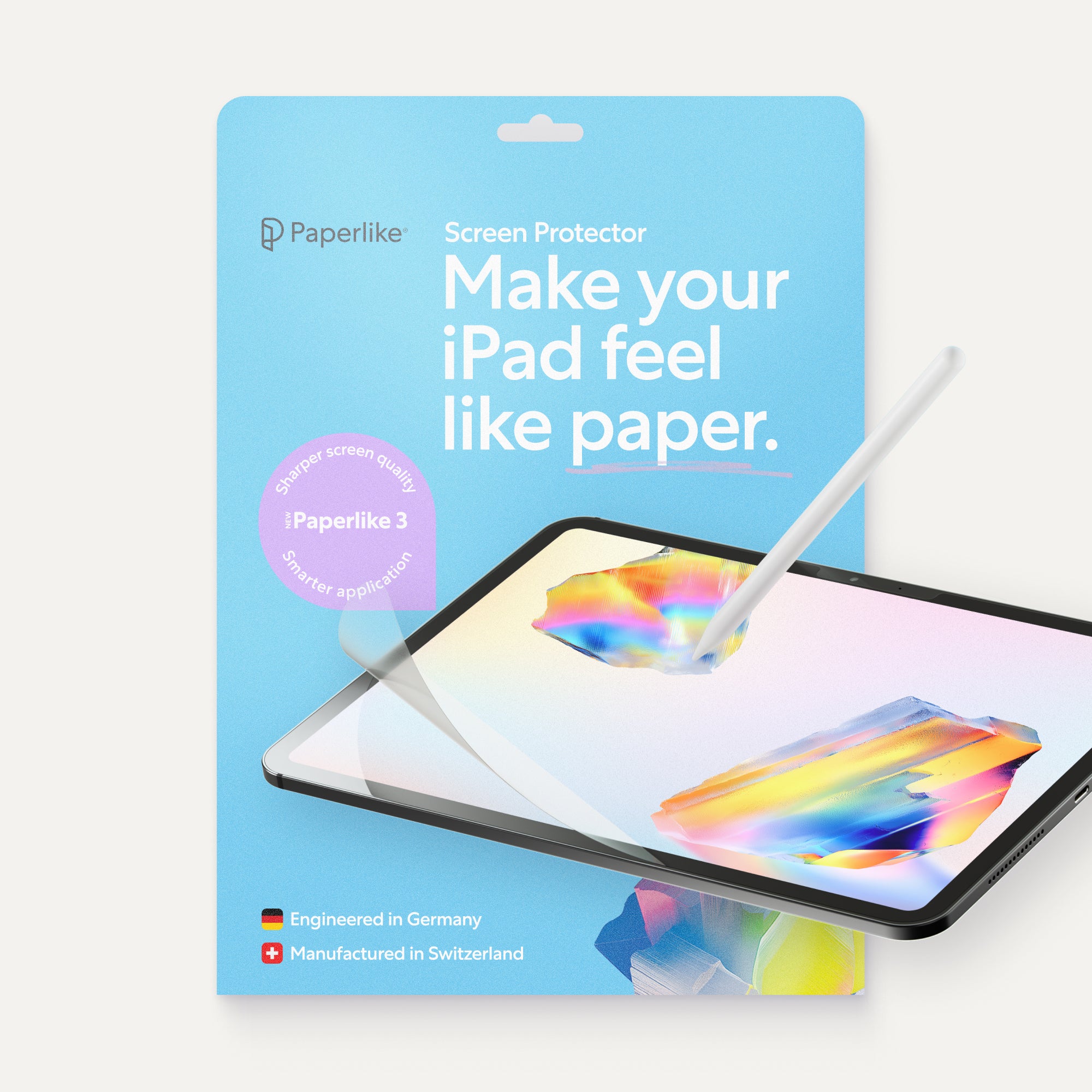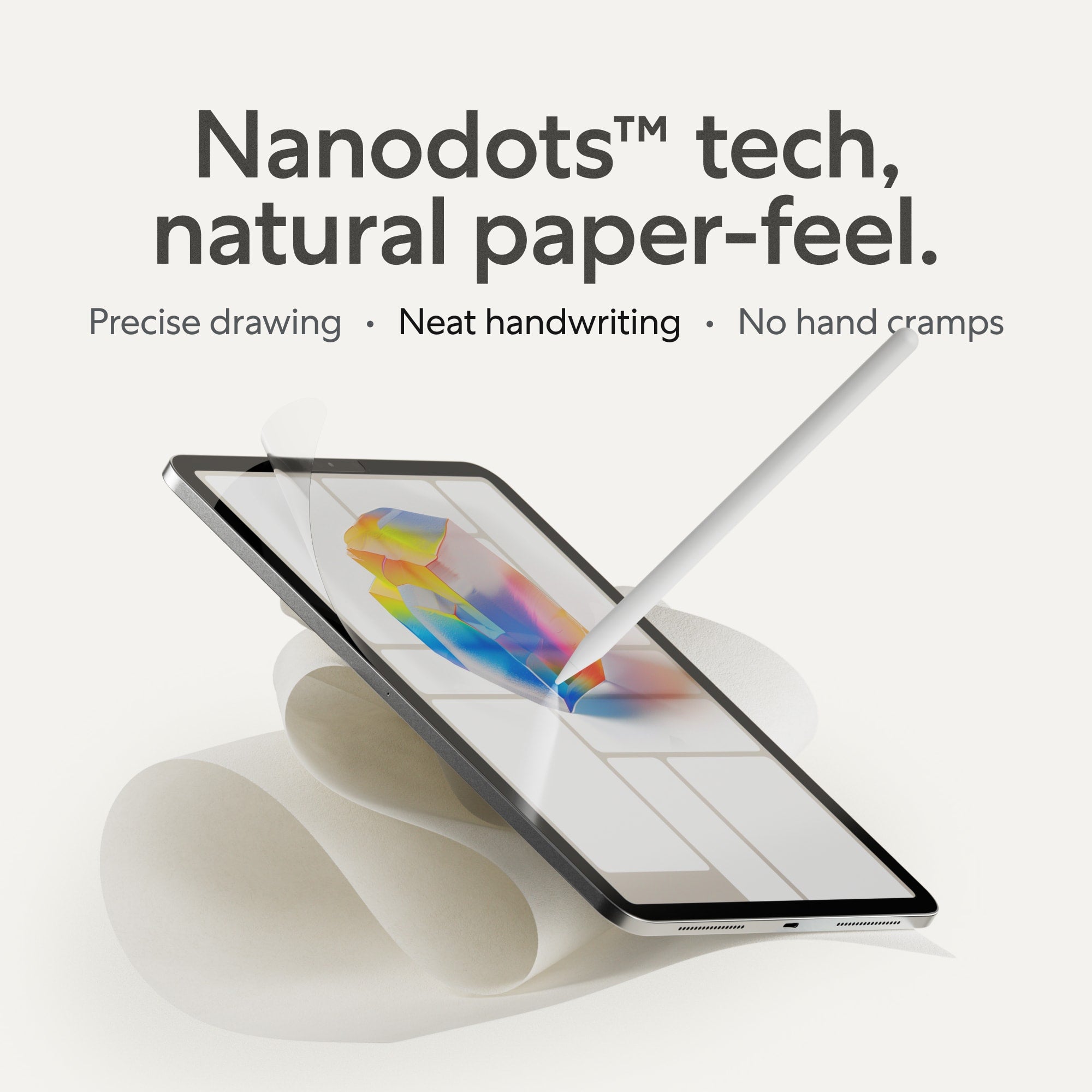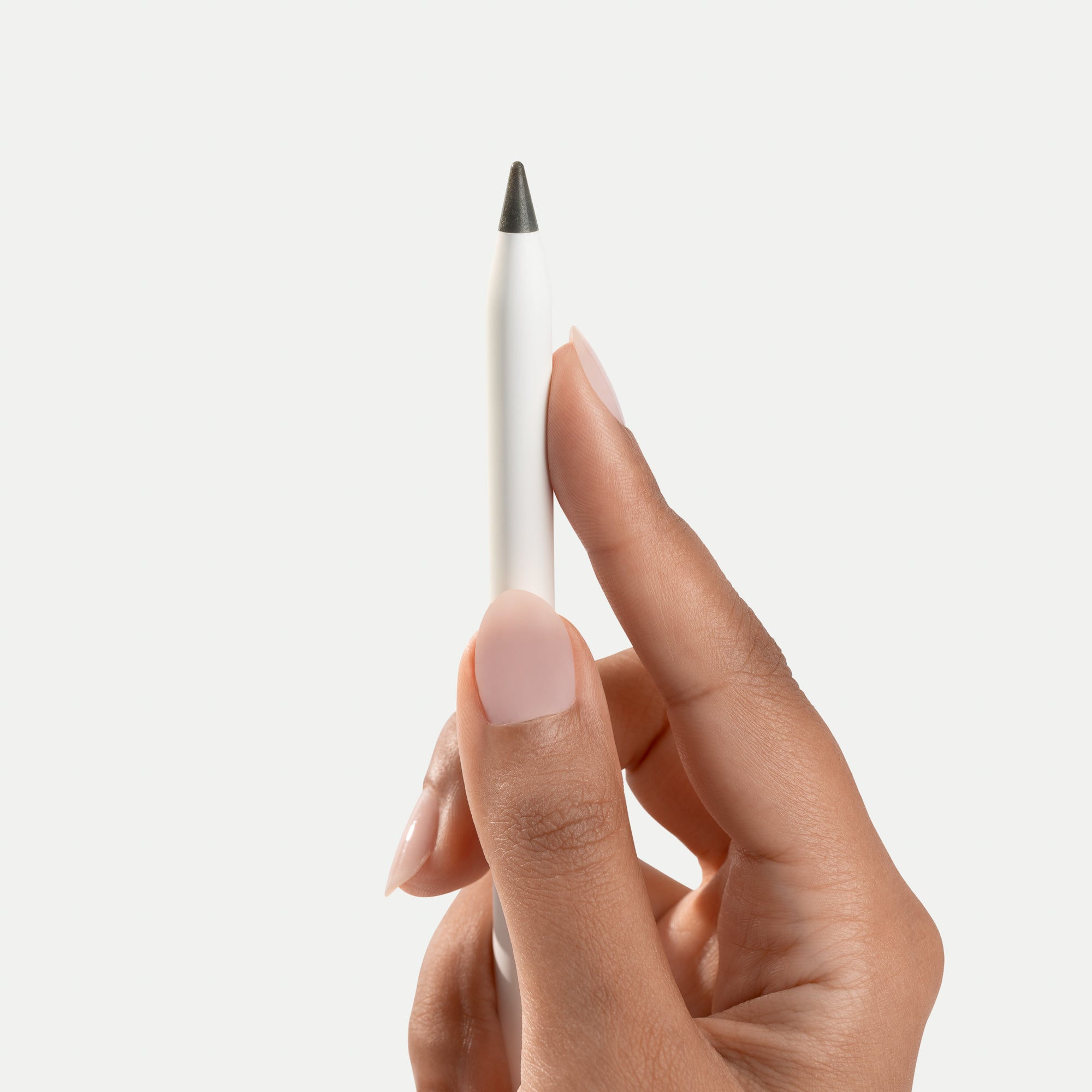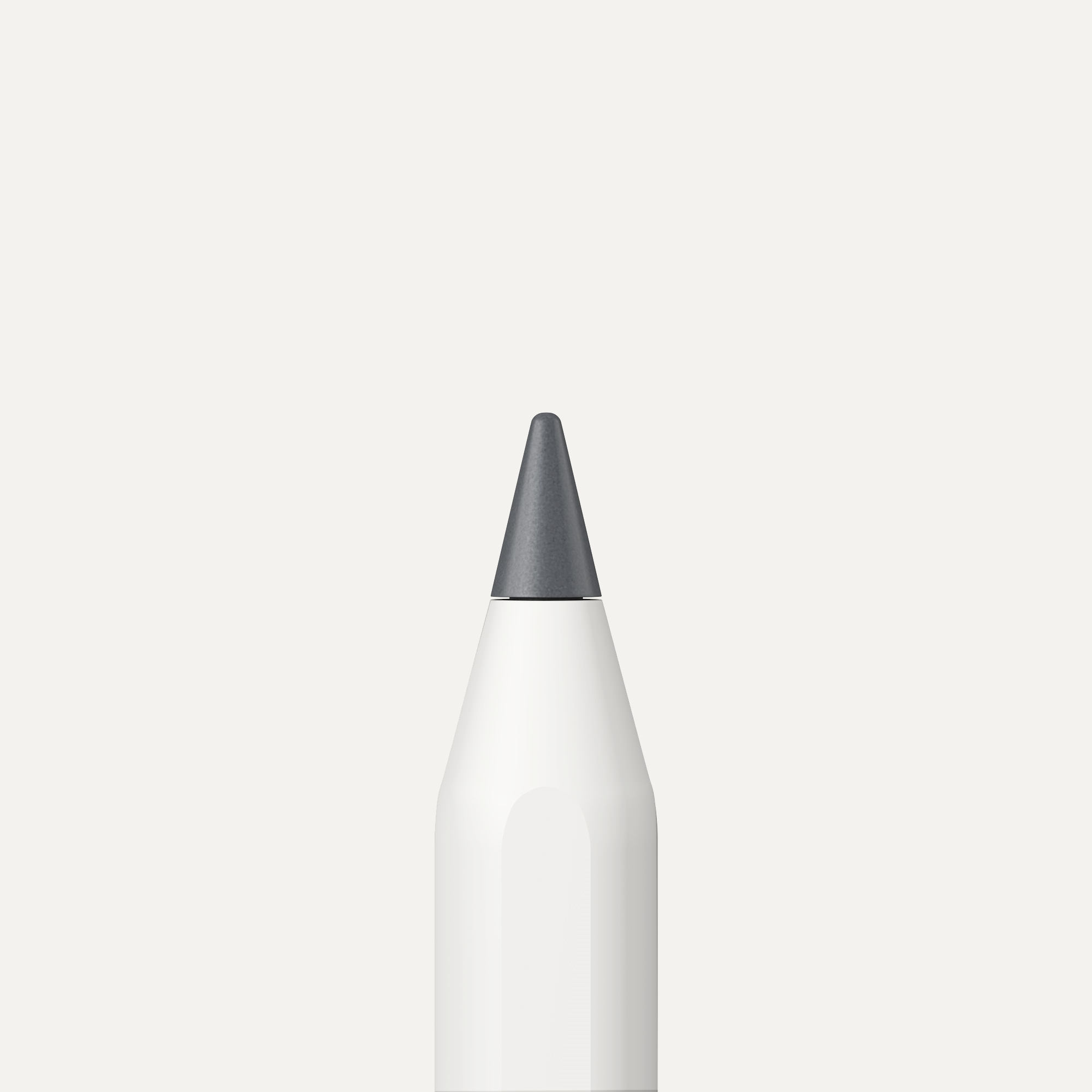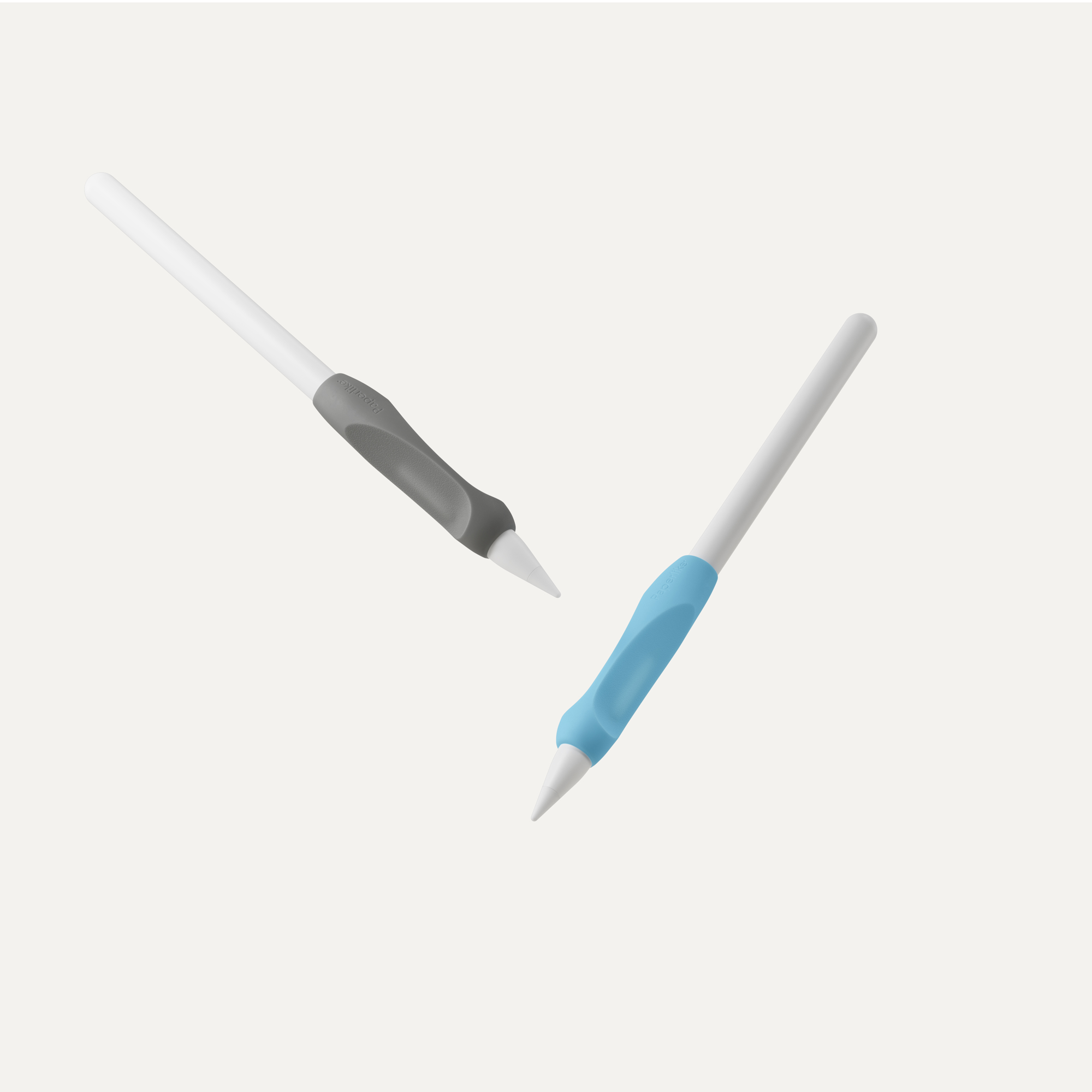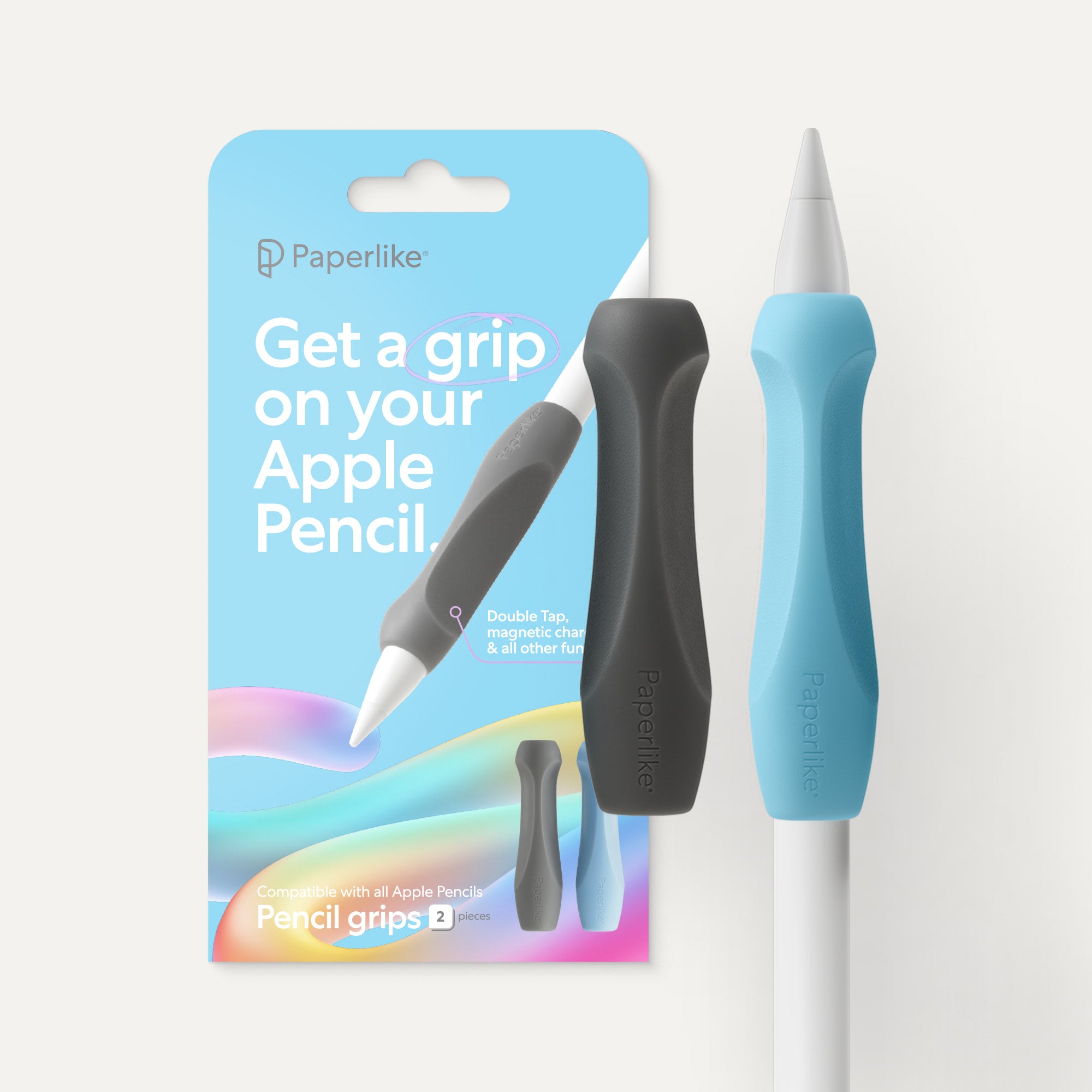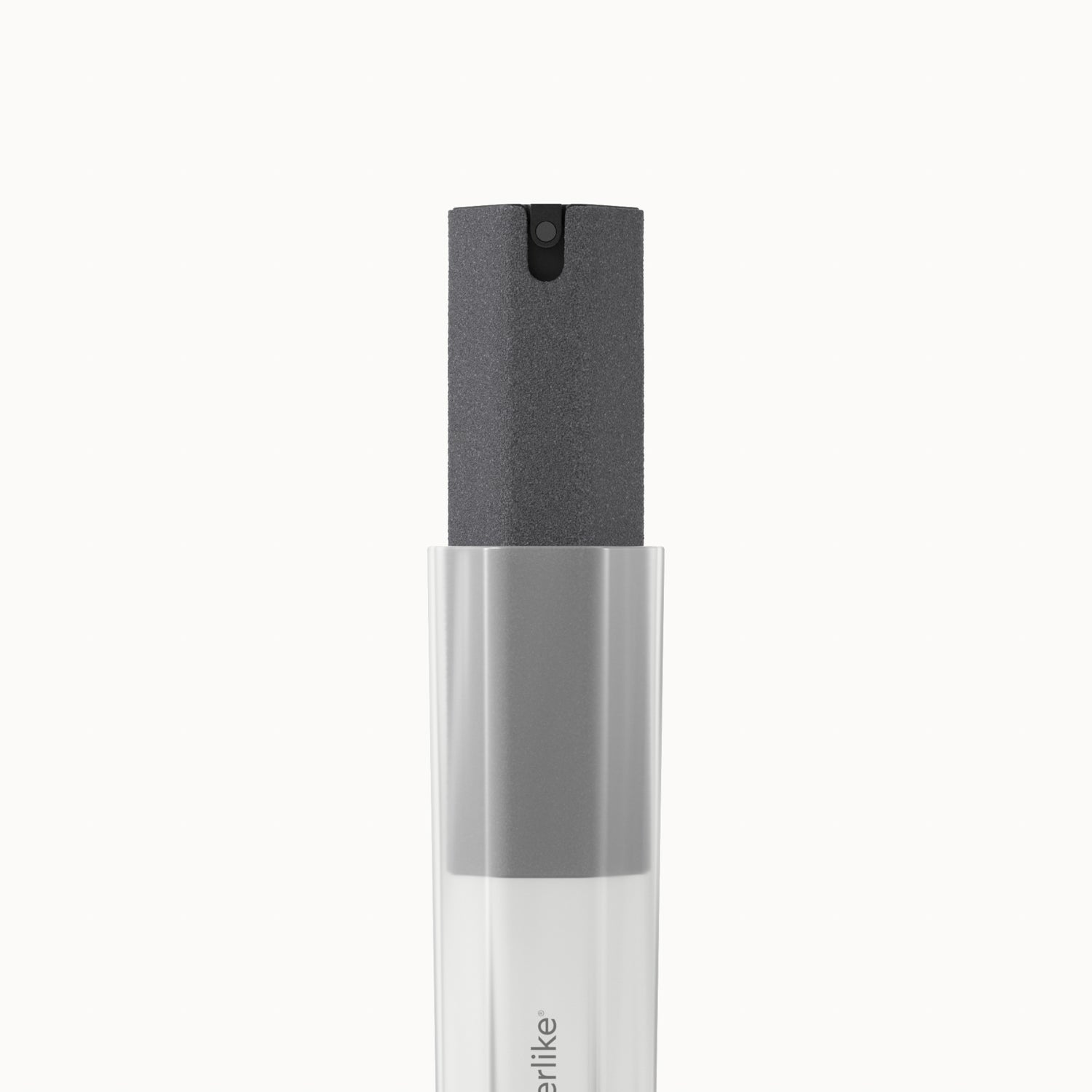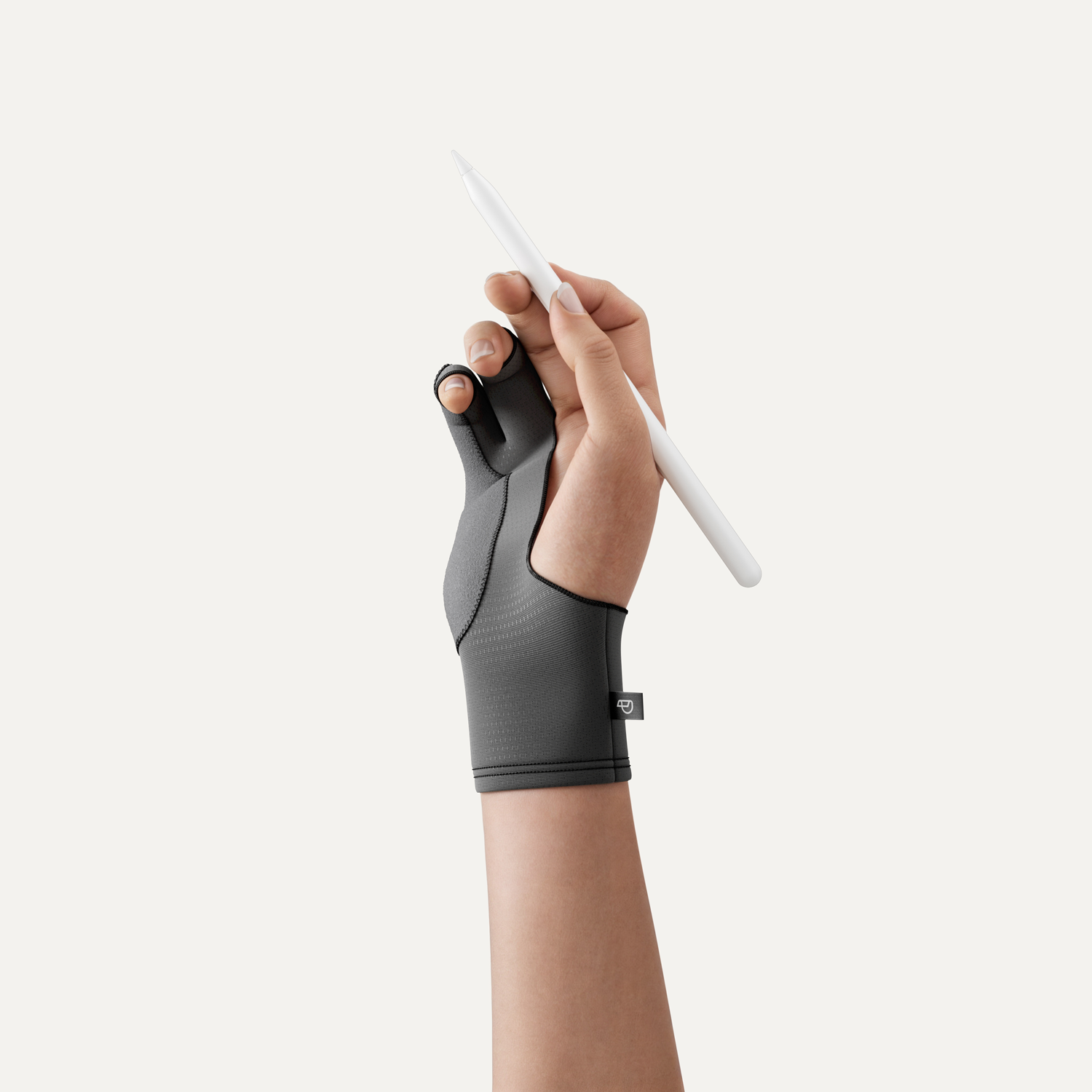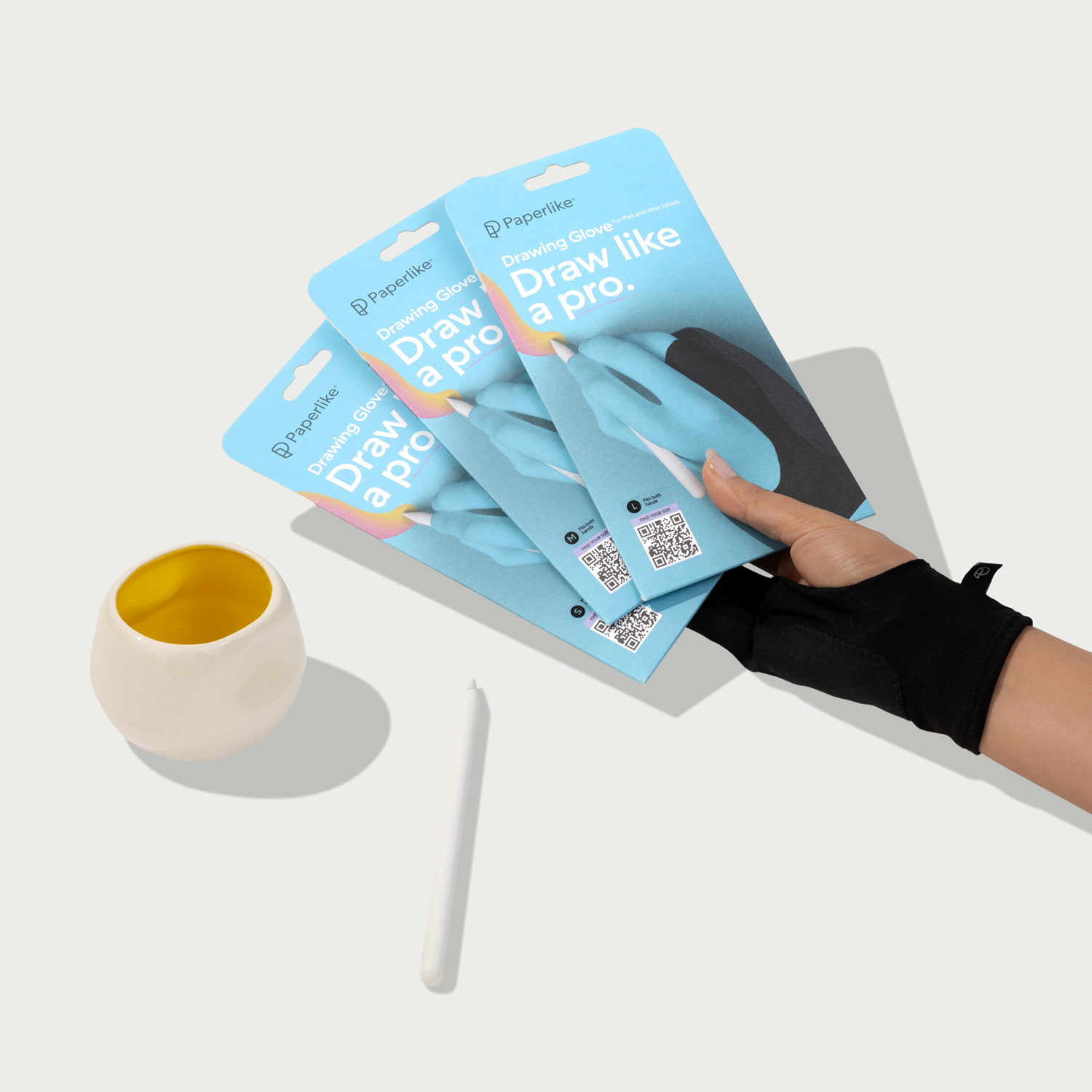Art challenges, also known as creative challenges, are popular among artists worldwide because they encompass a wide range of themes and creative disciplines. For over a decade, I've participated in both personal and community art challenges with varied success.
I got into them because on the surface, they seem inspirational. Once I had a few under my belt, I realized just how much work goes on behind the scenes. So why would anyone go through the trouble of taking one on?
First, let's not assume it's all work and no play. Not only was I able to sharpen my skills, but I also engaged with the creative community on social media. I felt less alone as I worked towards my goal for each challenge.
If you’ve struggled with art challenges in the past, or this is your first attempt, these are strategies you can use to successfully complete your next art challenge.
How to choose your challenge style
To start off, let's explore the styles of challenge you can participate in. We can break these into two categories: self-initiated and community challenges.

Self-initiated art challenges
The December before I started freelancing as a lettering artist, I started a 25 Days of Lettering challenge. Although it was difficult at times, it allowed me to connect with my love of lettering and establish my social media presence before starting a new chapter in my career.
These challenges are great if you want something specifically tailored to your preferences and goals. It'll give you a way to focus on a specific area for your artistic development that isn't directed by prompts or other ideas. However, it's always harder to stay on track when you don't have a clear structure in place.
A creative brief is the best way to establish that structure. It outlines the scope and goals for your creative challenge. When you’re the one running the show, your brief will help you measure your progress and remember why you started.
While it doesn't need to be as formal as a client brief, you should put some thought into it before you start. Later on, we'll outline a brief in more detail.

Community art challenges
If you want to challenge yourself while engaging with others, a community art challenge may be the perfect fit.
As someone who has participated in five editions of 36 Days of Type, I know a thing or two about these challenges. Our task was to illustrate the letters A to Z and the numerals 0 to 9. Since the project has a huge global presence, it was a lot of fun to be part of the community, even when completing the challenge was hard (and even when I didn't finish).
These types of art challenges typically have a structured posting schedule, a list of prompts, and hashtags for social media. It's a great way to see what your peers are creating, while encouraging each other along the way.
For most community art challenges, like 36 Days of Type, participants often have the chance to be featured on the official challenge page's Instagram or Stories. For me, that adds an additional boost of motivation.
This style of challenge is ideal for artists who want to create without worrying about what to post. Most prompt lists are posted weeks in advance, giving a chance to start planning before the challenge officially starts.
Social media also serves as an accountability tool, motivating you to continue posting as the challenge progresses.
But just because the prompts are already set doesn’t mean you have no creative freedom. Even with prompt lists, you can still add your own personal flair that fits your creative discipline and unique style. One of the best parts of community challenges is seeing everyone's interpretations of the same words or concepts.
Strategies for art challenges
No matter which style of art challenge you choose, structure and workflow are key to completing it. When you're staring at 30+ prompts or have a goal of posting every week, things can start to get overwhelming fast.
This is why you're not going in without a plan. The following strategies can be applied to any art challenge to help you set yourself up for success.

Planning ahead
Imagine trying to sail a boat that has a hole in it. That's what jumping into an art challenge without a plan can feel like. You panic, and end up going nowhere (aka missed deadlines or losing momentum).
If your goal is to post every day, consider how much time you want to spend on each piece you're creating and create a rough schedule for yourself.
For a community challenge, this might look like taking the prompt list and giving yourself a timeline for sketching, creating, and then posting. For a personal challenge, you can also create a similar schedule for creating and sharing your progress online.
If your goal is to be a bit looser with your approach and not get too detailed with your pieces, you can give yourself a less strict window and post daily.
Perfection isn't the goal; rather, it's about sticking to the objectives you've outlined for yourself. Use your creative brief to help you stay organized throughout the challenge.
Here's an outline to help you plan for your creative challenge:
- Timeline (How long will the project run?)
- Frequency of creation (Daily, weekly, etc.)
- Goals & objectives (Define your “why”)
- Social media posting schedule (Daily, weekly, etc.)
- # of deliverables (X # of total pieces of artwork)
They don't need to be complex or even long. As long as you can follow it, you're on the right track. Feel free to edit this outline to whatever works for you. When your foundation is solid, you can fall in love with the process along the way.

Document your process
Okay, so you’re this far into the blog (thanks), and we've discussed prepping for the art challenge. But what about the time you spend during the challenge?
Here’s the real challenge: these daily exercises teach you a lot about your workflow and your creative process. What’s working? What’s holding you back?
A great way to document your process is to keep a journal or sketchbook. Ideation and inspiration are part of the journey, so don't leave them behind. You can even post your in-progress work on social media to give your artwork more context.
Keeping up with a rigorous content creation process means there’s no time for perfection. Challenges put your processes and self-discipline through the ringer, but it is a wonderful way to lean into reflection.
If you're still not sure where to start, this mindful approach to creativity can also be developed using the free 15-Day Mindfulness Method Journal. I suggest trying the “Three Moments Check In” on page 7 of the journal as a starting place! You can frame it in the context of your creative challenge as a way to look back on each day and set intentions for the future.

Checking in
When you're taking on an art challenge, checking in with yourself throughout is essential. It can be easy to lose yourself in the challenge, driven by a blind commitment to finishing.
Checking in gives you time to reflect on what's working and what's not, and to determine whether any adjustments are needed to your goals.
You might even ask yourself at some point if it's okay to quit. Not only is it okay, it might just be an inevitability. In my humble opinion, you haven’t really taken on an art challenge until you’ve quit one. Remember 36 Days of Type? Out of the five times I did the challenge, I only fully completed it twice. I would either skip some letters or just omit the numerals entirely.
So know that I’m speaking from experience when I say that quitting is a rite of passage. Sometimes you just lose steam. Creativity isn’t an endless well, and we need to recharge before revisiting old projects. You can always pick up where you left off or start something new.
Recommended community art challenges
There are numerous existing art challenges already available for you to jump into. Some of those will include ones that you can do throughout the year, or as one-offs to get yourself out of a creative rut.
Let's take a look at different challenges you can participate in throughout the year. While they’ll be the most active during their posting seasons, you can start them at any time.
Annual challenges
These types of challenges happen every year. You can choose to create using the prompts and post daily, or plan and schedule your artwork in advance.
When you choose to approach a creative challenge as a daily posting exercise, it completely transforms it. Either way you approach it, try to remember that it's about flexing your creative muscle and detaching yourself from the outcome.

MerMay
Started by former Disney artist Tom Bancroft in 2016, MerMay has become a global sensation over the years. As it sounds, artists participate by drawing mermaids every day for the month of May.
In more recent years, they’ve had sponsorships that allow them to offer prizes to select participating artists. Not only does it play into character design and fantasy, but it also includes prompts to help you kick-start your inspiration.

Inktober
Started in 2009 by artist Jake Parker, Inktober is an annual event that starts every October, in which artists from around the world take out their sketchbooks and iPads to participate. It’s a month-long way to practice your style of art and improve your skills.
The prompts provided are for you to interpret, and any style or technique is welcome to participate. Learn more by reading their FAQs and guidelines.

Lettering Style Challenge
Started by lettering artist and designer Aurelie Maron, you can use this challenge to explore different type styles. If you’re still looking for your style, or you just want to practice styles you’re less familiar with, Aurelie’s challenge is beloved in the month of October.
And while it’s not a competition, there are winners chosen for creativity, dedication, and engagement, with prizes for each. Not a bad reason to get involved while you create!

Smaugust
Popularized in 2016 by watercolor artist Katie Croonenberghs, Smaugust has become a wonderful way to explore themes like fantasy and nature. Every year in August, the Smaugust challenge prompts invite artists to create the famed fantasy creature.
A few different artists and platforms run prompt lists each year, including Katy Lipscomb and the Cara social media platform. You can use past prompt lists from previous years to create as well.

Peachtober
Peachtober was started by Sha'an d'Anthes, aka Furry Little Peach, and inspired by Inktober. As a longtime participant in Inktober, she decided to create her own prompt lists for artists to follow every October.
It's grown in popularity, with thousands of artists globally, and is designed to be a chill, fun challenge that you can make your own. Post your work online and search the #peachtober hashtag to engage with other participants.

36 Days of Type
36 Days of Type was started in 2014 by Nina Sans and Rafa Goicoechea as a personal project. From there, it grew into a global movement for not just lettering artists but also illustrators, designers, 3D artists, and more.
While the official Instagram doesn't run the calendar and prompts annually, artists still return to the challenge using their guidelines around April of each year.
Weekly & year-round
These types of challenges give you a chance to jump in throughout the year and take on creating at a slower pace. They allow you to explore a lot of different topics and themes in your artwork.
When you have a week to finish a piece, you can give yourself more time to flesh out your ideas. In the case of fixed-time projects, you can see it as a way to give yourself a personal challenge of sticking to your deadlines.

Still Here Still Life
|
#stillherestilllife |
Created by artists Tess Smith Roberts and Zena Kay in 2020, each week a new image submitted by the community serves as the still-life subject of the challenge. Artists will then use it as inspiration for a drawing that they post to social media with the #stillherestilllife hashtag.
You’re given one week to create and are encouraged to experiment with new mediums and styles. Let it be a way for you to push yourself and just have fun.

Inktober52
Inktober was started in 2009 by artist Jake Parker. What started as a 31-day challenge in October became a weekly version: Inktober 52 is a way for artists from around the world to take out their sketchbooks and iPads to create one drawing a week.
Like the monthly challenge, the prompts provided are for you to interpret, and any style or technique is welcome to participate. Learn more by reading their FAQs and guidelines.

100 Day Project
Led by Lindsay Jean Thompson, the 100 Day Project is a global art project open to anyone. Like the name suggests, it’s all about you committing to creating or exploring something for 100 days.
This is a common format that other artists have used to either get out of their own way creatively or try something new. You can use the hashtag #The100DayProject, tag @dothe100dayproject, and post your work on social media to stay connected with the community. Lindsay also provides creative support to artists with occasional co-working sessions and resources through her newsletter.

FAQ
Can beginners participate in art challenges?
Yes, of course! Artists at any level, from hobbyists to professionals, can start art challenges. The benefits, including sharpening your skills and being able to try new things with your art, are available to everyone. In this blog post, there are some Procreate tutorials to get you started with some skills you might want to work on over the course of your challenge.
What art apps do you recommend for digital art challenges?
If you're creating on an iPad, apps like Procreate and Adobe Fresco are among the most popular. They're easy to use and can get you started with streamlining your process as you work on your challenge artwork. You can learn more about Procreate and Adobe Fresco in this blog post.
Is it okay if I don't finish my art challenge?
Definitely. Many artists have tried and failed to finish them. This happens usually because of poor planning and losing momentum. They forget why they started in the first place.
Documenting your process and progress, regardless of the outcome, is key. The most important thing to take away is whatever you learned along the way. Plus, you can always pick up where you left off at a later time.
Do I have to post to social media for art challenges?
No, but it can be a helpful component. It acts as a form of accountability for yourself as you go through the challenge and create. Social media can also help you get comfortable posting in-progress work and things that aren’t overly curated on your feed. Of course, it’s also where a lot of the creative community will be posting their work, and it's a great way to engage and encourage others.
What are ways to document my progress?
You can keep a sketch book, scrapbook, or journal. Document how you felt that day, what materials you used, and more. You don't have to post to social media if you don't want to, but it's a great way to easily engage with the community on what you're doing. If you want to keep a digital interactive journal, I suggest downloading Paperlike's Free Digital Journal Lite. Keeping an online blog also makes your challenge a great resource for other artists.
Final thoughts
It might sound obvious, but challenges won't be easy. Their beauty lies in the surprising things you learn about yourself in the process. Giving an art challenge a try in the first place takes a lot of courage.
You’re never going to regret it, and all you need to do is decide what kind of approach works best for you. Do you see yourself in the crowd soldiering through, or marching to your own drum? As long as you can remember why you started in the first place, you’ll do just fine.



